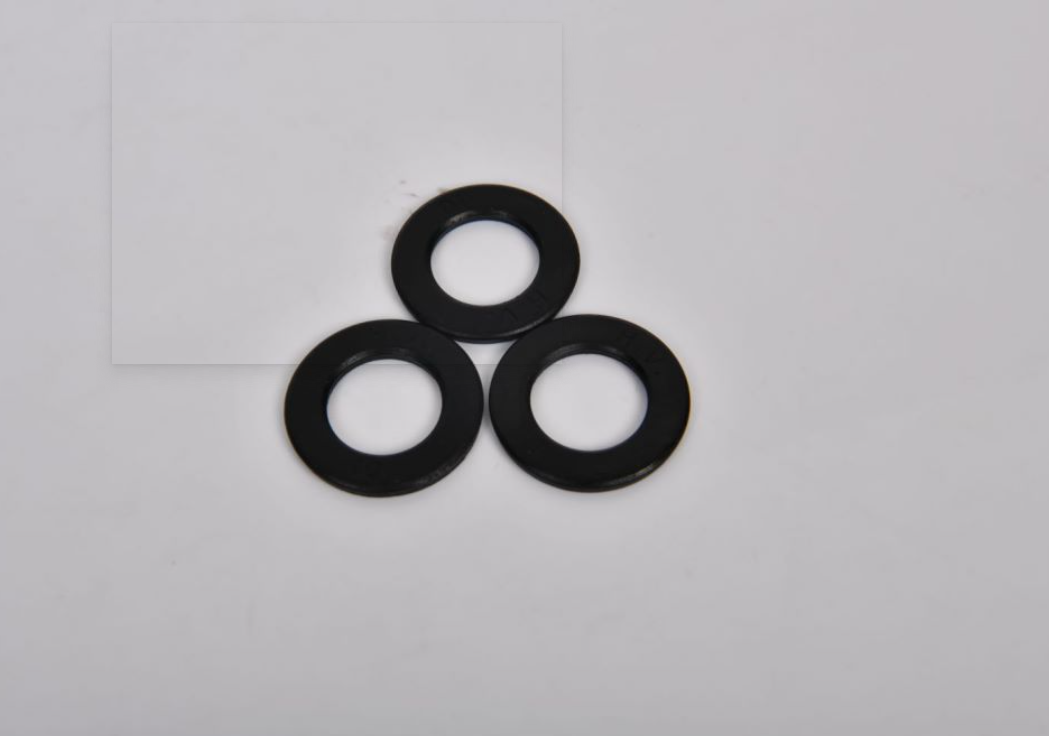Optimal Screw Spacing for Drywall Ceiling Applications and Installation Tips
Best Drywall Ceiling Screw Spacing A Comprehensive Guide
When it comes to installing drywall ceilings, one of the most crucial aspects to consider is the spacing of screws. Proper screw spacing ensures that your drywall remains secure and flat, preventing sagging and potential damage over time. In this article, we will discuss the best practices for drywall ceiling screw spacing to help you achieve a professional finish.
Understanding Drywall Ceiling Installation
Before diving into screw spacing, it’s essential to understand the basic mechanics of drywall installation. Drywall panels, typically made of gypsum, are hung on ceiling joists to create a smooth and even surface. The panels should be installed perpendicular to the joists to provide maximum support and minimize the likelihood of sagging.
Recommended Screw Spacing
1. On the Edges When attaching drywall to a ceiling, the screws should be placed approximately 8 to 12 inches apart along the edges of the panels. This spacing ensures that the edges are securely fastened, reducing the chance of cracks or breaks when the drywall is subjected to stress.
2. In the Field For the interior or field of the drywall panel (the area between the edges), screws should be installed every 12 to 16 inches. This spacing provides adequate support while allowing for slight movements that might occur due to temperature and humidity changes.
3. Consider the Environment If you are working in an environment with high humidity, such as a bathroom or kitchen, it may be wise to reduce the spacing slightly to ensure better hold and strength. Using moisture-resistant drywall, often referred to as green board, can also help in these settings.
best drywall ceiling screw spacing

The Benefits of Proper Screw Spacing
Ensuring the correct spacing of screws has several benefits
- Enhanced Structural Integrity Proper screw spacing helps distribute weight evenly across the ceiling, reducing the risk of sagging and warping. - Reduced Cracking With screws placed at appropriate intervals, there’s a lower likelihood of cracks appearing in the drywall, especially around corners and seams. - Easier Finishing When screws are properly spaced, mudding and taping become easier, resulting in a smoother final product. This can save time on sanding and additional layers of joint compound.
Tools and Materials Needed
To achieve the best results when installing drywall ceilings, you will need the following tools and materials
- Drywall Panels Choose the appropriate thickness for your ceiling requirements, typically 1/2 inch for standard ceilings, or 5/8 inch for soundproofing and fire resistance. - Drywall Screws Use coarse-thread screws designed specifically for drywall installations. For ceilings, 1 1/4 inches to 1 5/8 inches screws are commonly used. - Screwgun or Drill A drywall screwgun will make the installation process faster and ensure that screws are set to the correct depth. - Tape Measure and Level Accurate measurements and leveling are critical to ensure that your ceiling is even and aligned properly.
Conclusion
In summary, achieving the best drywall ceiling screw spacing is essential for a successful installation. By adhering to the recommended spacing of 8 to 12 inches on the edges and 12 to 16 inches in the field, you can ensure a secure and durable ceiling that minimizes the risk of sagging and cracking. Taking the time to plan and execute your installation with proper screw spacing not only improves the longevity of your drywall but also enhances the overall aesthetic and professional quality of your project. So, equip yourself with the right tools and knowledge, and embark on your drywall ceiling project with confidence!
-
Top Choices for Plasterboard FixingNewsDec.26,2024
-
The Versatility of Specialty WashersNewsDec.26,2024
-
Secure Your ProjectsNewsDec.26,2024
-
Essential Screws for Chipboard Flooring ProjectsNewsDec.26,2024
-
Choosing the Right Drywall ScrewsNewsDec.26,2024
-
Black Phosphate Screws for Superior PerformanceNewsDec.26,2024
-
The Versatile Choice of Nylon Flat Washers for Your NeedsNewsDec.18,2024










